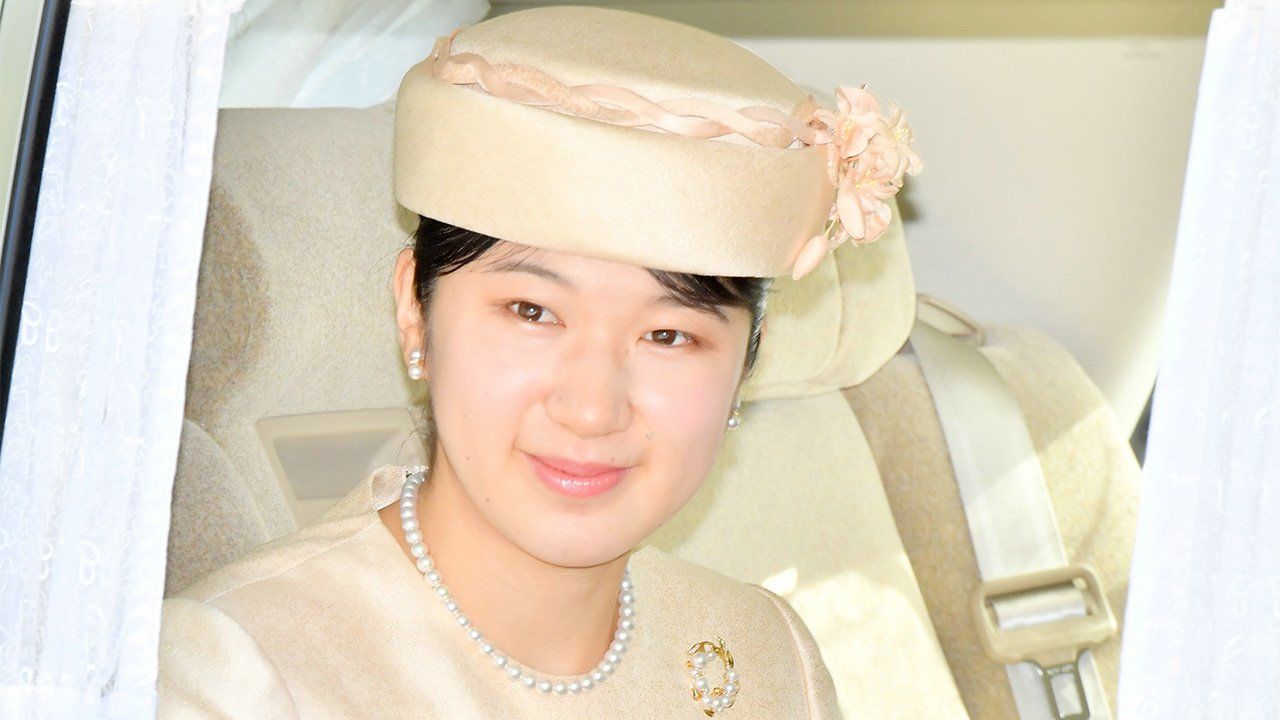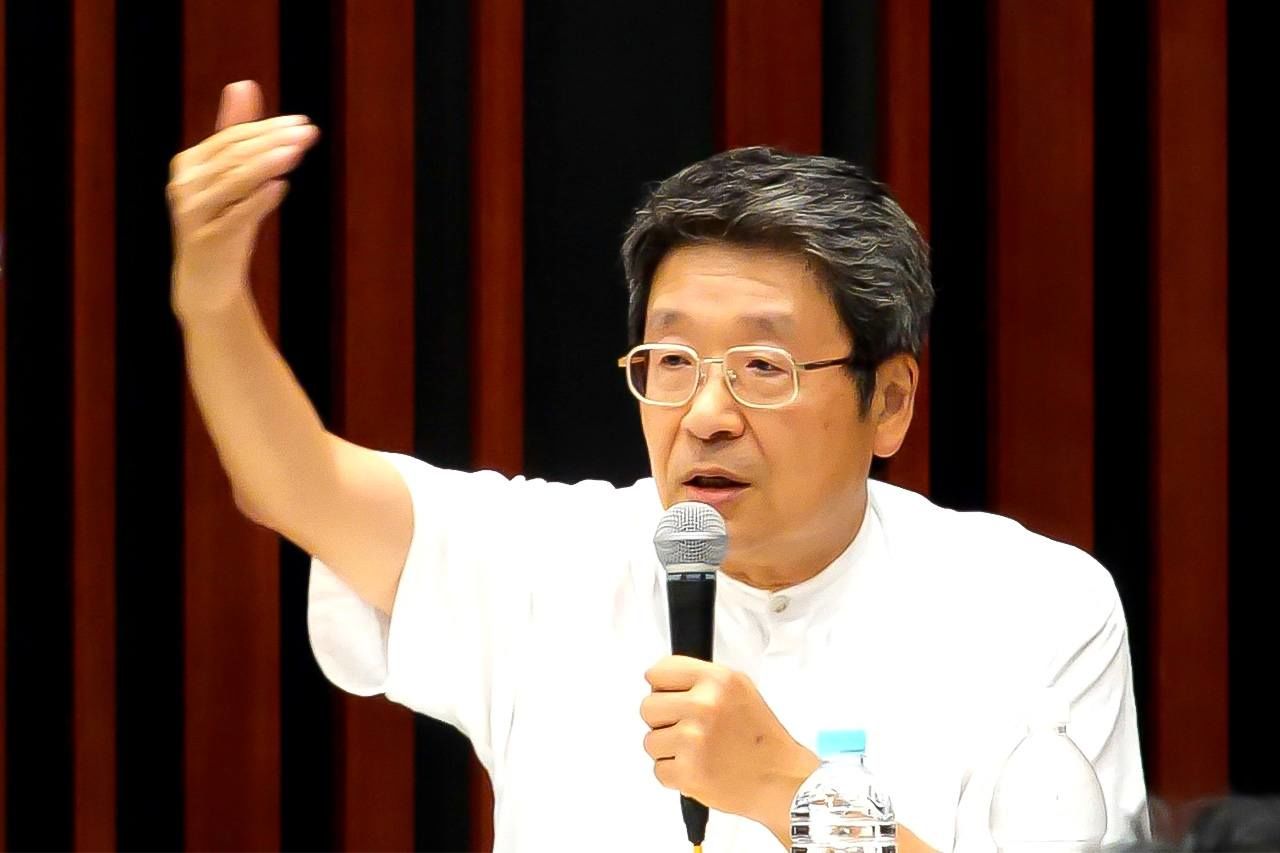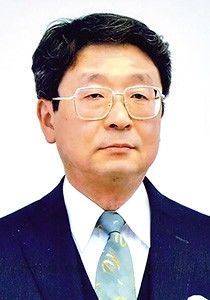
“Dual Lineage” as Japanese Tradition: The Female Emperor Debate Moves Forward
Society Imperial Family- English
- 日本語
- 简体字
- 繁體字
- Français
- Español
- العربية
- Русский
Women Cannot Become the Emperor in Japan
Article 1 of Japan’s Imperial House Law states clearly that only a male from the male imperial lineage can inherit the Chrysanthemum Throne. This excludes the daughters of male emperors from becoming emperor themselves. Furthermore, even if women were allowed to become emperor, the emphasis on the “male imperial lineage,” or patrilineal succession, would preclude any children of female emperors also from ascending to the throne.
This law prevents the child of the current emperor, Princess Aiko, from becoming emperor. Despite around 80% of the Japanese public supporting this policy change, resistance remains among some conservatives. In particular, there are concerns that if Princess Aiko were allowed to become emperor on the basis of inheriting the “male” bloodline from her father, this might pave the way for matrilineal succession to also be embraced if Aiko’s first-born child is also a girl.
Many Japanese citizens feel that the position of the emperor having been passed down the generations based on male lineal succession, “unbroken for ages eternal,” is based on an ancient tradition and therefore something Japanese should take great pride in. But Takamori Akinori, a Shintō scholar and imperial household expert, wonders whether patrilineal succession really was the historical norm in Japan.
Female Transmission of the Imperial Bloodline
Takamori is also an opinion leader of a movement focused on making Princess Aiko the emperor in the future. Along with the manga artist Kobayashi Yoshinori, he spoke at the July public event, “Making Aiko the Imperial Heir.”
Takamori sets the scene by sharing his view: “Mythology is more than a set of stories. Rather, it reflects the values of ancient peoples. What makes Japan stand out from other countries in this sense is the existence of a female supreme deity rather than a male one.”
That deity is Amaterasu Ōmikami—the Sun Goddess, the ruler of the heavenly realm, and the source of Japan’s imperial tradition. The Kojiki (trans. Records of Ancient Matters) and other ancient texts also frequently refer to women as the founders of various ancestral clans in addition to Japan’s imperial family. Takamori believes that this shows “ancient Japan was not originally a patriarchal society. Women not only played an important role in transmitting the imperial lineage but held relatively high positions of influence in society as well.”

Takamori Akinori, speaks at the “Making Aiko the Imperial Heir” public event, in Tokyo in July 2023. (Courtesy of the event organizers)
In terms of historical record, we know of the existence of eight female emperors. The first was Suiko, who reigned in 592–628 CE, at the start of Japan’s historically significant Asuka period. There were also female emperors during the Edo period (1603–1868). Takamori notes that, when looking at the rest of East Asia, this is a rare occurrence. China’s first female emperor was also its last; Wu Zetian officially ruled China for 15 years during an interregnum of the Tang Dynasty (690–705 CE). Three queens ruled the Silla Kingdom (57 BCE to 935 CE) that dominated most of the Korean Peninsula at its height, the last being in 897 CE. Comparatively speaking, “Japan historically was not a country that went out of its way to preclude females from becoming the emperor.”
Takamori also emphasizes the importance of consanguineous marriages between blood relatives in Japan’s imperial lineage. This effectively meant that emperors often inherited the throne based on both paternal and maternal bloodlines, or “dual lineage.” It was also not automatically the case that the male lineage was given greater precedence in succession discussions. If the maternal line allowed a closer connection to the main branch of the imperial line, then matrilineal succession could be used to legitimate an imperial heir.
The Foreign Origins of Imperial “Male Chauvinism”
This nevertheless begs the question of why Japan went 860 years from the end of the Nara period (710–94) to the beginning of the Edo period without a female emperor. Takamori explains that this was “due to the steadily increasing influence of ancient China on Japan’s elite culture.”
Takamori believes that by the time China started to have a major cultural influence on Japan, it had become a male-dominated society. “Throughout the 550 years of the Spring and Autumn (771–481 BCE) and Warring States (481–221 BCE) periods, China’s politics was beset by continuous, violent conflict. Men were responsible for protection against external enemies, while women were tasked with maintaining the private and home spheres. This resulted in a society where whoever possessed superior strength would dominate.”
In Takamori’s view, Japan’s adoption of Chinese practices from around the ninth century onward came alongside the introduction of male “chauvinistic” attitudes. “China had only one emperor, and actively avoided putting a female on the throne. Japan eventually decided to adopt a similar approach, leading to the demise of the ancient Japanese practice of accepting female emperors and maternal lines of descent.”
During the Edo period, however, the practice was effectively reconstituted when two women became emperors. This was despite Japan’s de facto ruler being the shōgun (ostensibly a military commander or generalissimo) and societal stability being enforced through hierarchical relationships between samurai and their lords. Nevertheless, these two emperors would have nominally possessed higher status than Japan’s male Tokugawa rulers.
Most notably, Emperor Kōkaku (r. 1779–1817) ascended to the throne from a recently created cadet branch of the imperial family. This was the fourth time in Japan’s history a cadet branch was established to provide an imperial successor if the “main bloodline” died out. Kōkaku was later careful to link his own lineage with that of the main bloodline by marrying his predecessor’s daughter, Princess Yoshiko. In essence, his appeal to legitimacy was based on a “dual lineage” connection.
“Patrilineal Succession” Norm a Meiji Invention
Succession norms, however, changed after the 1868 Meiji Restoration. Following two decades of deliberation, Meiji leaders promulgated the Constitution of the Empire of Japan (Meiji Constitution) and the Imperial House Law in 1889. In both documents we see the first official codification of patrilineal succession in Japanese history.
The recency of this norm was made clear in a new book by Tokoro Isao, Tennō no rekishi to hōritsu o minaosu (Rethinking Imperial History and Laws). Arguably the leading scholar on Japan’s imperial household, Tokoro observes: “Until the Meiji era, there was almost no discussion or clear statement that the succession to the throne would exclude women and be limited to the paternal line.”
Article 1 of the Meiji Constitution stipulates that “The Empire of Japan shall be reigned over and governed by a line of Emperors unbroken for ages eternal,” while Article 2 specifies succession be limited to “Imperial male descendants.” While many believe this to be an ancient tradition, the phrasing focusing on lineal succession “unbroken for ages eternal” was actually coined by the statesman Iwakura Tomomi. In fact, terms like “patrilineal succession” had not been used until the Meiji era.
Much like today, during the Meiji era there was also controversy over what the Imperial House Law should say about succession and whether a female emperor and matrilineal succession were acceptable options. Like now, there was also concern that narrowly limiting eligibility for succession to the paternal line could destabilize the future viability of the imperial lineage. In fact, several legislative drafts recognized both the possibility of a female emperor and dual lineage succession.
However, Inoue Kowashi (later director general of the powerful Legislative Bureau) argued strongly for limiting succession and eventually prevailed. Takamori explains Inoue’s reasoning: “It was based on his perception of Meiji cultural attitudes being characterized by the idea of ‘male superiority’—in the phrase of the day, danson johi, literally, ‘respect for men, contempt for women.’ As such, Inoue asserted that allowing both men and women to ascend to the throne could potentially introduce confusion.”
According to the Meiji Constitution, sovereignty resided in the Japanese emperor. Takamori notes that, given prevailing social attitudes, Inoue believed that “if a female emperor married a man, this would raise the question of who would actually be superior. As the cadet branch system still existed, Meiji leaders judged that patrilineal succession alone would allow the imperial household to function into the future. This, however, neglected the spirit of “dual lineage” norms that respected the role of women in the forging of Japanese traditions.”
“Matrilineal Emperors” Did Exist
Meiji leaders located the source of imperial sovereign legitimacy in the idea of “lineal succession unbroken for ages eternal.” While the existence of female emperors was well known, Takamori explains that Meiji leaders dealt with the issue by simply claiming that past female emperors were little more than “successors to the paternal line.” Takamori argues that this was, however, post-facto logic retrofitted to support Meiji preferences for patrilineal succession. “In reality, there were matrilineal emperors, too. Since there were many consanguineous marriages, it might have seemed plausible to claim that the male bloodline was the decisive factor in succession. However, we must not overlook the fact that a dual lineage succession approach was consciously adopted, and lineage was routinely traced through both maternal and paternal lines.”
For example, in 715, during the Nara period, Emperor Genmei (r. 707–715; a female emperor counted as Japan’s forty-third monarch in the traditional list) was succeeded by her eldest daughter, Emperor Genshō (r. 715–724). Emperor Genshō’s father, Prince Kusakabe, had imperial blood as both of his parents were Emperors. As he himself never took the throne, under the Ritsuryō legal system of ancient Japan, Emperor Genshō was legally the imperial princess (naishinnō) and the claim to the throne based on being the “daughter of the reigning emperor.” The contemporary understanding was that her claim to the imperial throne came through the maternal line.
There were also the earlier cases of Emperors Tenji (r. 668–671; number 38 in the count) and Tenmu (r. 673–686; 40). Tenji, who oversaw the Taika Reforms of 645 before his ascension to the throne, directly succeeded his mother in 668. Tenji’s and Tenmu’s father was Emperor Jomei (r. 629–641; 34), who had died 27 years earlier. From that it could be assumed that their succession was based on the paternal line. However, the brothers were a clear case of “dual lineage” given that they came to the throne immediately following their mother—and after their mother had ruled twice, as Kōgyoku (r. 642–645; 35) and Saimei (655–661; 37).
Female emperors also played important historical roles. Emperor Suiko’s reign (592–628; 33) marked the Asuka period of “enlightenment” based on the introduction of Buddhism, while Jitō’s reign (690–697; 41) marked the completion of the aforementioned Ritsuryō system of national laws. Takamori also observes that “Emperor Genmei initiated and oversaw the monumental task of transferring the imperial capital from Fujiwara-kyō to Heijō-kyō”, the completion of which marked the beginning of the Nara period. “From this alone we can see that the view that female emperors had few notable achievements and simply placeholders is biased.”
The Law Is Not Eternal
After World War II, the Imperial House Law was revised. The cadet branch system was abolished, and most nobles were reduced to commoner status. The rules of succession became narrower still, as a successor to the throne would now have to be the “legitimate” son of an emperor and his official wife, excluding the offspring of concubines.
As a result, more than 75 years later, Prince Hisahito of the Akishino family is the only member of the younger generation of the imperial household eligible to succeed to the throne. This puts the family in danger of extinction.
A 2005 report written by an expert panel tasked by the administration of Prime Minister Koizuim Jun’ichirō to consider changes to the Imperial House Law was clear in saying what needed to happen: “It is essential to pave the way for a female and/or matrilineal emperor.” Sonobe Itsuo, a former Supreme Court justice who served as deputy chair of that expert panel, argued in a recent commentary that “resistance to allowing a female or matrilineal emperor is likely rooted in a sense of disdain based on the idea that women cannot be trusted with important tasks. The Imperial House Law is not some eternal entity, and it should be changed, when necessary, on behalf of the Japanese people.”
Takamori, meanwhile, warns that “the very existence of the imperial family is at stake. We do not have the luxury of continuing to insist on patrilineal succession.” He reiterates that appeals to tradition miss the point that patrilineal succession “is based on a male chauvinistic view influenced by the practices of ancient China. The fact that women cannot currently be what the Constitution calls the ‘symbol of unity’ of their own country and people is unacceptable. We must face the fact that this viewpoint is contemptuous of women, far removed from the original tradition of Japan, and is ultimately at the root of the crisis in the imperial household.”
On renewed political attention in the Diet to this issue, Takamori recommends that the Japanese people “keep a close eye on how changes to the Imperial House Law are debated. They shouldn’t hesitate to raise their voices if deliberations do not ensure ‘stable succession’ to the imperial throne in the future.”
(Originally written in Japanese. Banner photo: Princess Aiko enters the Akasaka Imperial Palace to celebrate the birthday of Empress Emerita Michiko on October 20, 2023, in Minato, Tokyo. © Jiji.)
